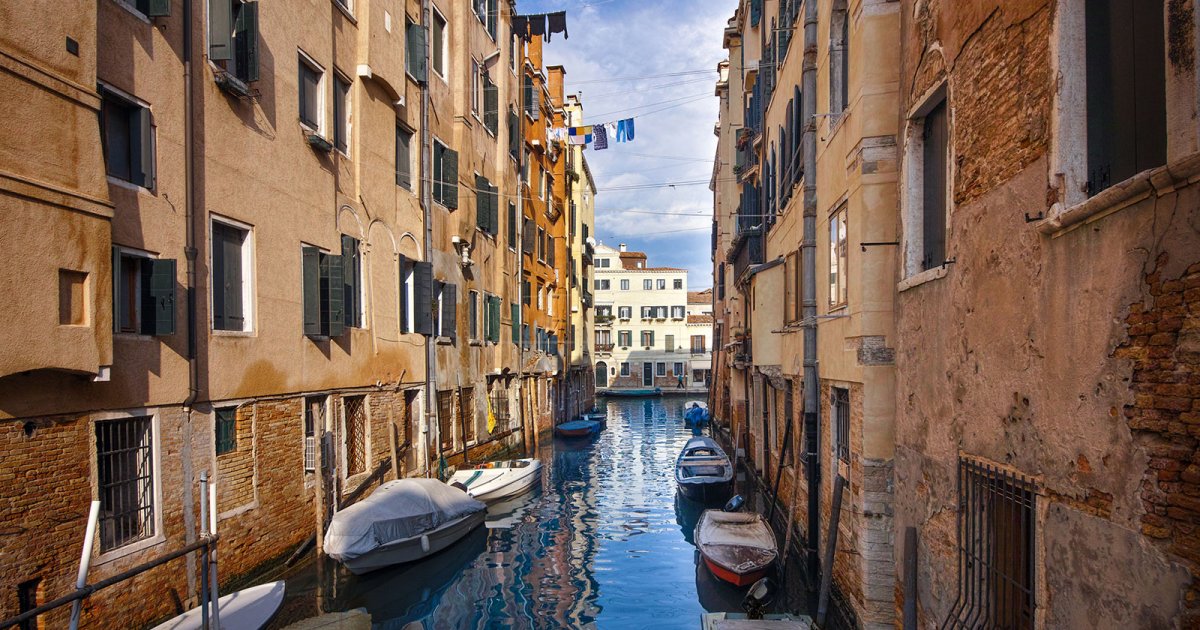THE GHETTO, History
 Language: English / USA
Language: English / USA
Hi, I'm James, your personal guide. Together with MyWoWo, I'd like to welcome you to one of the wonders of the world.
Today I'll accompany you through the Ghetto, which is one of the most fascinating places in Venice!
Yet the word "ghetto" has an ominous sound: it has become a synonym of imprisonment and suffering, of being closed off. Ironically, its origin comes from a word in Venetian dialect... pronounced with a German accent! You have to understand that in foundries, bronze casting was called "geto". In fact, in 1516 the Senate of the Republic decided to concentrate the Jewish community on this island where the foundries had previously been located, here at the end of the Cannaregio district.
The area was connected to the rest of the city by just these two small bridges, which you can still recognize today by the the stone slabs where the rules were engraved. In doing so the Ghetto could be easily isolated, which took place every night by closing the gates. The district grew to include the surrounding blocks, taking on a particular appearance with its tall houses one next to the other in order to take advantage of the limited available space: just think, it came to accommodate about 4,000 people! It remained functional until the arrival of Napoleon, who symbolically had the district's gates opened.
Despite the Ghetto's harsh appearance and its isolation, the Jews fared pretty well in Venice, as was evidenced by the flourishing of the community, even on an artistic and cultural level. The synagogues offer splendid decorations and sacred furniture, especially from the Baroque period, in which purely Jewish motifs blend harmoniously with the traditions of Venetian art. They have been restored well and are open to the public today.
If you want to enjoy a fascinating cultural experience, book a full tour of the Ghetto that includes a visit to the synagogues: the specialist guides are selected by the Jewish community. After the deportations, the Jewish community in Venice lowered to just 600 people, who were no longer reunited in the Ghetto but scattered across the city's neighborhoods.
FUN FACT: right after entering the Ghetto, you'll see a very interesting plaque on the left. This plaque lists the punishments that were to be imposed on Jewish citizens who had converted to Catholicism but continued to practice Jewish rites.



